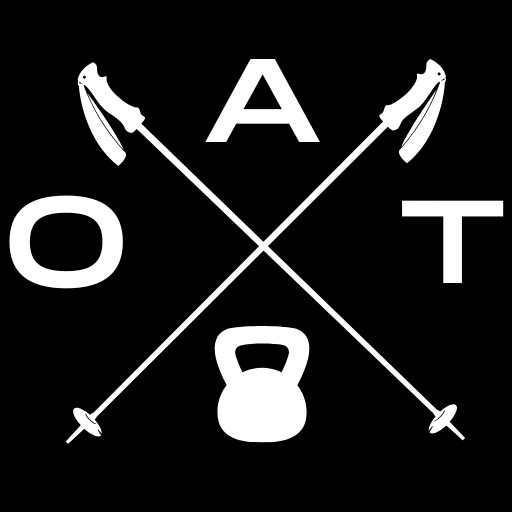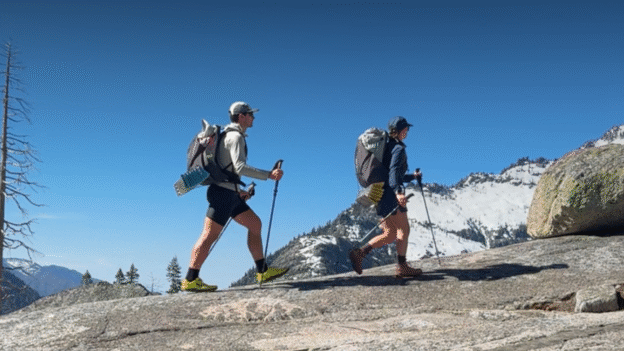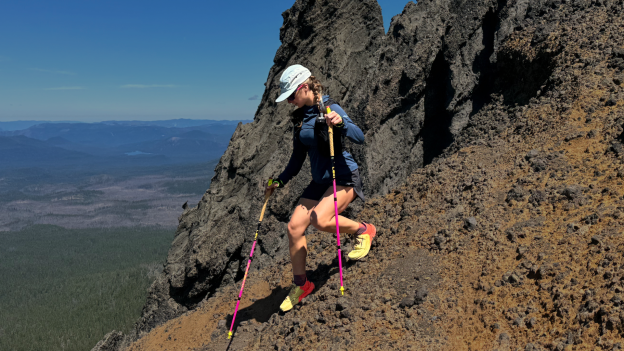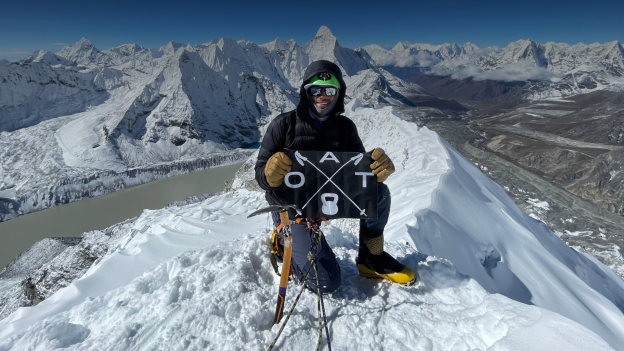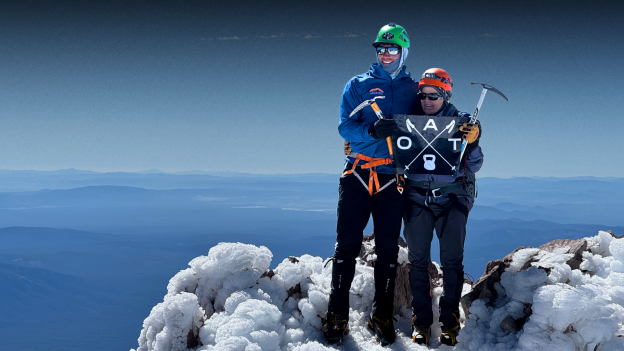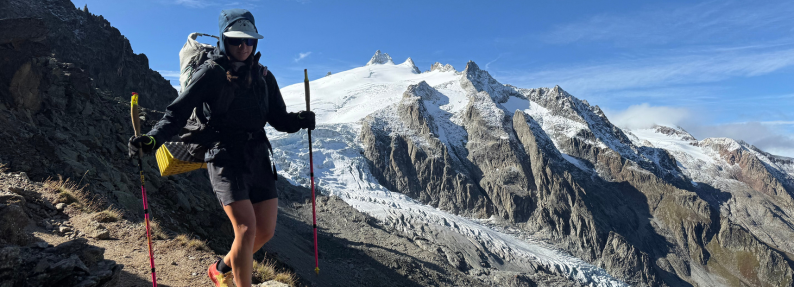Backcountry Mobility

Backcountry Mobility
Simple Tools and Trail-Tested Routines to Keep You Moving in the Mountains
The dreaded crawl out of the tent in the morning—we’ve all been there. Maybe your sleeping pad deflated overnight, the alpine air cut a little colder than expected, and your calves feel like a bear gnawed on them while you slept. As your limp turns into a shuffle, you catch yourself wondering, “How the hell am I going to make it back to the car?”
Soreness is part of the backcountry equation. But with the right tools and a few simple strategies, that post-hike stiffness can shift from debilitating to just another camp task—manageable, even satisfying.
In this article, we’ll outline the gear and mobility routines we bring on every trip to stay loose, recover faster, and keep moving strong, day in and day out.

Why Mobility Matters
Mobility is one of the most overlooked pillars of human performance. Technically, it refers to the ability of a joint to move actively through its full range of motion—without pain or compensation. But at a deeper level, mobility is about quality of movement. It’s how we squat, walk, hike, and climb without restriction
At OAT, we prioritize mobility across everything we coach—from structured warmups in the app to entire follow-along flows on our YouTube channel. We’ve logged hundreds of hours helping athletes recover faster, improve tissue quality, and move with less pain.
So why do most people skip it? Because mobility work doesn’t offer the same dopamine hit as a hard workout. You don’t walk away drenched in sweat. You can’t track it in miles or calories. There’s no instant gratification—until it’s too late. If you’ve ever been through a real injury, you already know: mobility and flexibility are at the center of every rehab protocol.
The message here is simple—don’t wait for the setback. Start now. Build the habit. That way, when something flares up on the trail or in training, you’ll already have the tools to handle it—and you might just prevent that injury from happening in the first place.

Calves do a lot of work on the trail!

Active Half Splits to open up the calves and hamstrings
Off The grid
At OAT, we coach hundreds of athletes to build mobility into their daily training—every program, every week, every single workout. But what happens when the structured calendar fades and you finally get off the grid? What happens when you’re deep in the backcountry doing the thing you trained for? Does mobility go out the window—or can it be adapted and integrated into the very environment you’ve been preparing for?
Of course your mobility routine won’t look the same out here. You’re not carrying a massage gun or rolling out a yoga mat next to your tent. But mobility should be mobile—adaptable and flexible, just like you. It doesn’t need to be a 45-minute structured flow with timers and rep counts. It can be as simple as hitting a lunge stretch while you wait for your water to boil, rolling out your calves with a Nalgene, or taking a few minutes before bed to move through the areas that took the biggest hit that day. You probably already know your pain points—this is your chance to stay ahead of them. The goal isn’t perfection. It’s consistency. Out here, something is always better than nothing.

Emily crushing a big climb in the forest

Emily “un-doing” 3,500′ of vert
The Right Tools For the Job
You don’t need much. In fact, you probably already own what you need—or can pick it up for cheap. These three tools are lightweight, durable, and incredibly effective when it comes to staying mobile in the backcountry. No batteries. No fluff. Just a few simple pieces of gear that make a big difference in how your body feels day after day.
You don’t need much. In fact, you probably already own what you need—or can pick it up for cheap. These three tools are lightweight, durable, and incredibly effective when it comes to staying mobile in the backcountry. No batteries. No fluff. Just a few simple pieces of gear that make a big difference in how your body feels day after day.
Stretch It Out
The Foam Pad
A backcountry essential—whether you’re thru-hiking in the Sierra or base camping in the Alps. Foam pads aren’t just for sleep. They’re also great for laying out gear, building an emergency splint, or creating a dry spot during a storm break. But for mobility, this is your field-version yoga mat. It gives you a clean, flat, comfortable place to move—without having to stretch in the dirt or on a cold granite slab.
You don’t need a pad to stretch, but in our experience, you’re way more likely to do it if you’ve got one under you. It doesn’t need to be fancy. Just something lightweight and reliable.
Recommended Options:
Simple Yoga Flow on a foam pad at 14,000′ in Nepal
Roll it Out
The Bottle Roller
Who said you can’t foam roll in the backcountry? This simple, lightweight sleeve slides over a standard Nalgene or Hydroflask, instantly turning your water bottle into a legit mobility tool. It packs flat, weighs next to nothing, and helps your body bounce back after long miles with a heavy pack.
You don’t need the foam sleeve to make this work. A bare bottle will do just fine—it might be a bit stiffer, but it’ll still get the job done. The real goal here is myofascial release. The tool is just the delivery method.
Key Benefits:
-
Improves blood flow and tissue hydration
-
Reduces muscle stiffness and soreness
-
Helps disrupt adhesions and knots
-
Desensitizes tight areas post-effort
We like the Bottle Roller sleeve because it offers just enough cushion to be comfortable while staying tough and trail-ready.
Get 10% off with code OATBOTTLEROLLER2025 at checkout.
This is an affiliate link—OAT earns a small commission if you buy through it, and you get a solid tool at a discount. Win-win.

Get 10% off using code OATBOTTLEROLLER2025

Immediate relief from a tight lower back!
The Cork Ball
This little tool is a heavyweight in performance—ultra light, super dense, and perfect for targeted, trigger‑point release that keeps you moving mile after mile.
Whether it’s your calves from a long descent, hips after scrambling, or the plantar fascia that loves to act up over talus fields, this ball delivers. Made of cork, it’s rugged in the most forgiving way, packed with benefit yet gentle enough for even tender spots.
Specs & Field Notes:
-
Weight: ~90g (similar hardness to a lacrosse ball)
-
Pack size: Doesn’t take up real estate—slips into pockets or stuff sacks
What It Helps With:
-
Loosens tight calves and hamstrings
-
Releases tension in the arch and plantar fascia
-
Helps ease upper‑back or glute knots
-
Provides targeted relief exactly where you need it
“Highly effective for trigger‑pointed release—use it on feet, calves, hips, upper back… whatever’s giving you grief.”
We recommend the Foot Collective Cork Mobility Ball. It’s lightweight, durable, and built for terrain—no fancy instructions or fluff. Just bring it along and use it when it counts.

Rolling the Plantar Fascia in the morning

Mikey is very fond of his cork ball
Putting it All Together
Mobility in the backcountry doesn’t have to look like it does at home. You’re not carving out 45 minutes or checking off boxes. Instead, it’s about weaving intentional movement into the natural rhythm of your day—pre-hike, mid-hike, and post-hike. With just a few tools and a little awareness, you can stay ahead of soreness, reduce recovery time, and feel better on every mile.
Here’s how we break it down in the field:
Before the Hike
Goal: Wake up your joints, prep the body for movement
What to do:
-
A few slow air squats, hip openers, or ankle circles while camp coffee is brewing
-
Roll feet or calves for 30–60 seconds with the cork ball or Nalgene
-
Move through a short dynamic flow (e.g. glute bridges, cat/cow, standing lunge reach)
Think: 5–15 minutes max, just enough to shake off the car ride, tent sleep and re-activate.
During the Hike
Goal: Stay loose, break up stiffness before it builds
What to do:
-
Midday break? Use the cork ball to roll out arches or calves
-
Rest stop? Drop into an active lunge or hamstring stretch
-
Use your trekking poles for light t-spine or lat mobility
You don’t have to stop long—just be proactive when you feel tight. Do NOT static stretch (holds longer than 30s) during your hike!
After the Hike
Goal: Down-regulate, restore tissue, prep for tomorrow
What to do:
-
Foam pad down, shoes off, light static stretches (hamstrings, quads, hip flexors)
-
Bottle roller on the calves, quads, or back—60–90 seconds per side
-
Seated breathing or spinal twist to reset and decompress
This is where small effort pays big dividends. You’ll sleep better and move better the next day.
Final Thoughts
At the end of the day, this isn’t about doing it all—it’s about doing something. A few small inputs—scattered throughout your day—might not seem like much in the moment. But cumulatively, they matter. They shape how you move, how much pain you carry (or avoid), and how well your body recovers between efforts.
Backcountry mobility is just one part of the equation. It’s the trail-tested companion to the real work you put in at home. Your daily mobility practice—before the trip—builds the baseline. That’s what allows these lightweight tools and micro-sessions to actually make an impact when you’re out there.
So don’t overlook it. Whether you’re training for a thru-hike, peak season, or just trying to feel good on your weekend backpacking loop, mobility matters. It keeps you moving stronger, staying out longer, and enjoying the mountains with fewer setbacks.
Find Your Program
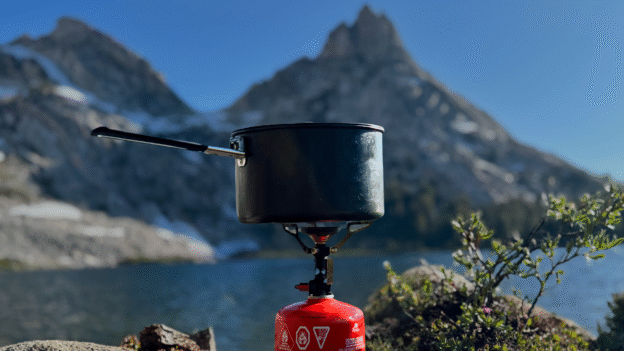
Nutrition Coaching
Performance nutrition for recovery, energy, and long-term outdoor longevity.
Learn MoreHave Questions?
We understand that starting a training program is a commitment you’re making, and we want to ensure that you get the most out of your experience with us. Ahead of registering for any of our programs, we’re available for a free 30-minute consultation to address any questions you may have.

